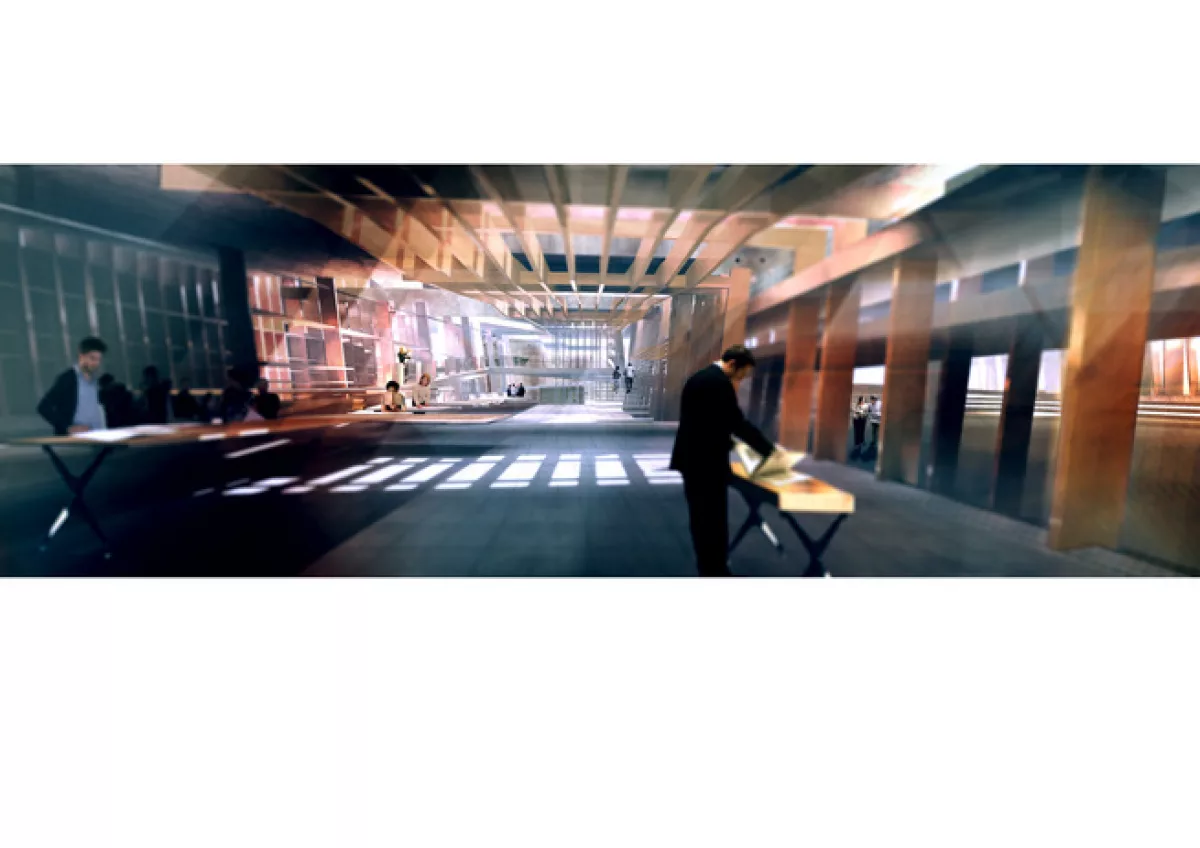Sophie Hamer Architecture
http://www.sophiehamer.com
New Zealand / Switzerland
Available For Hire
Email them

A New Zealand registered architect with over ten years experience in leading design responses across New Zealand, Australia, Asia and Europe, I bring an honest, natural and restrained aesthetic to residential and commercial briefs. My approach to each project is grounded in place, craft and atmosphere. I have coordinated design teams on international projects, working with diverse cultures and languages through concept, documentation and delivery phases.
I am also an educator, mentor and freelance writer. I am the founder and editor of Portico.space, a website for aspiring architects. My writing has appeared in various architectural publications.
I am also an educator, mentor and freelance writer. I am the founder and editor of Portico.space, a website for aspiring architects. My writing has appeared in various architectural publications.
Available to Mentor
Showcase
Doorway to the Built Environment
In reaction to crises of legitimacy, built environment professionals evoke an inside/outside boundary between themselves and ‘the public.’ This thesis project addresses the disengagement of publics from architecture through design exploration, focusing on the tactic of dialogue. The project is underpinned by an understanding of publics as multi-vocal, competing and shifting, and tests the implications of this understanding for conceptions and possibilities of architectural space.
Framed by Michel de Certeau’s writing on strategies and tactics, these research is developed through an investigatory design in Post Office Square, Wellington, New Zealand. The Doorway to the Built Environment is a non-prescriptive space for dialogues, exhibitions, productions, questions and investigations concerning the built environment to be generated. Five design tactics, performativities, embededdness, reaching, spacing and transitioning, are investigated as means of engaging publics in dialogues and re-thinking status quo relations.
As a whole, the thesis sheds light on the inter-connectedness of architectural productions, relations, legitimacies and valuations to broader socio-cultural climates. Architectural design is revealed as a potentially performative, tactical and multiple practice which is capable of, and richer for, public engagements. The thesis serves as a critical resource to prompt further debate about the challenges of positively increasing engagements between publics and architectures.
Framed by Michel de Certeau’s writing on strategies and tactics, these research is developed through an investigatory design in Post Office Square, Wellington, New Zealand. The Doorway to the Built Environment is a non-prescriptive space for dialogues, exhibitions, productions, questions and investigations concerning the built environment to be generated. Five design tactics, performativities, embededdness, reaching, spacing and transitioning, are investigated as means of engaging publics in dialogues and re-thinking status quo relations.
As a whole, the thesis sheds light on the inter-connectedness of architectural productions, relations, legitimacies and valuations to broader socio-cultural climates. Architectural design is revealed as a potentially performative, tactical and multiple practice which is capable of, and richer for, public engagements. The thesis serves as a critical resource to prompt further debate about the challenges of positively increasing engagements between publics and architectures.
Year of Completition
2011













